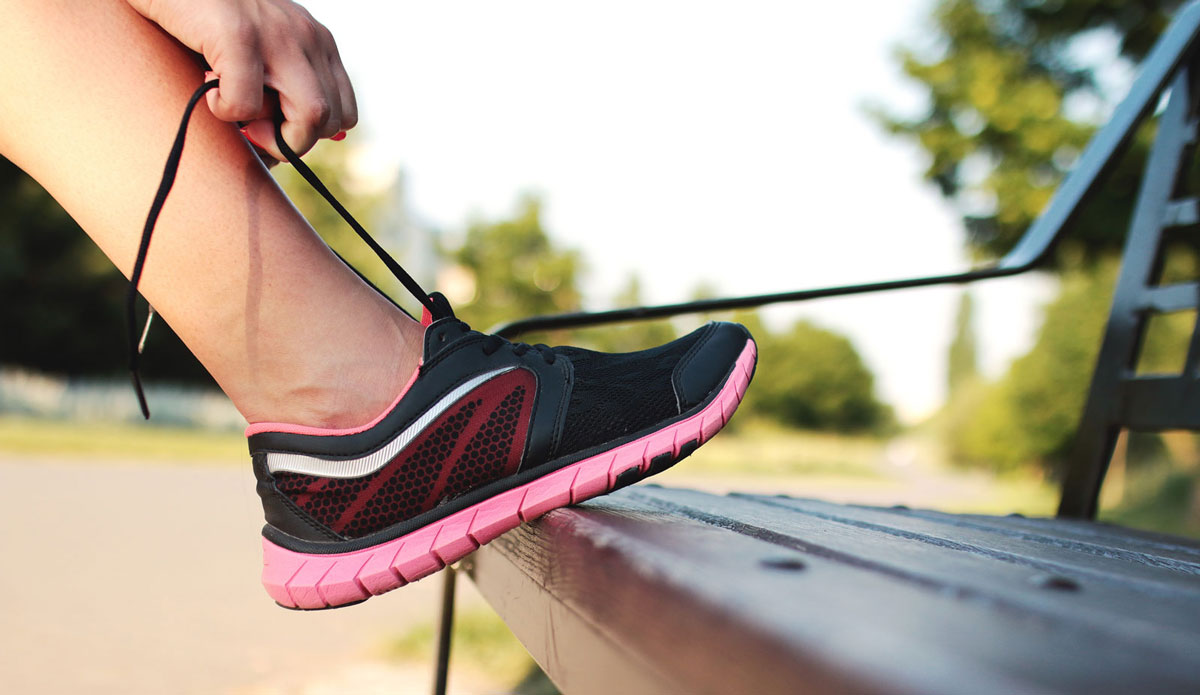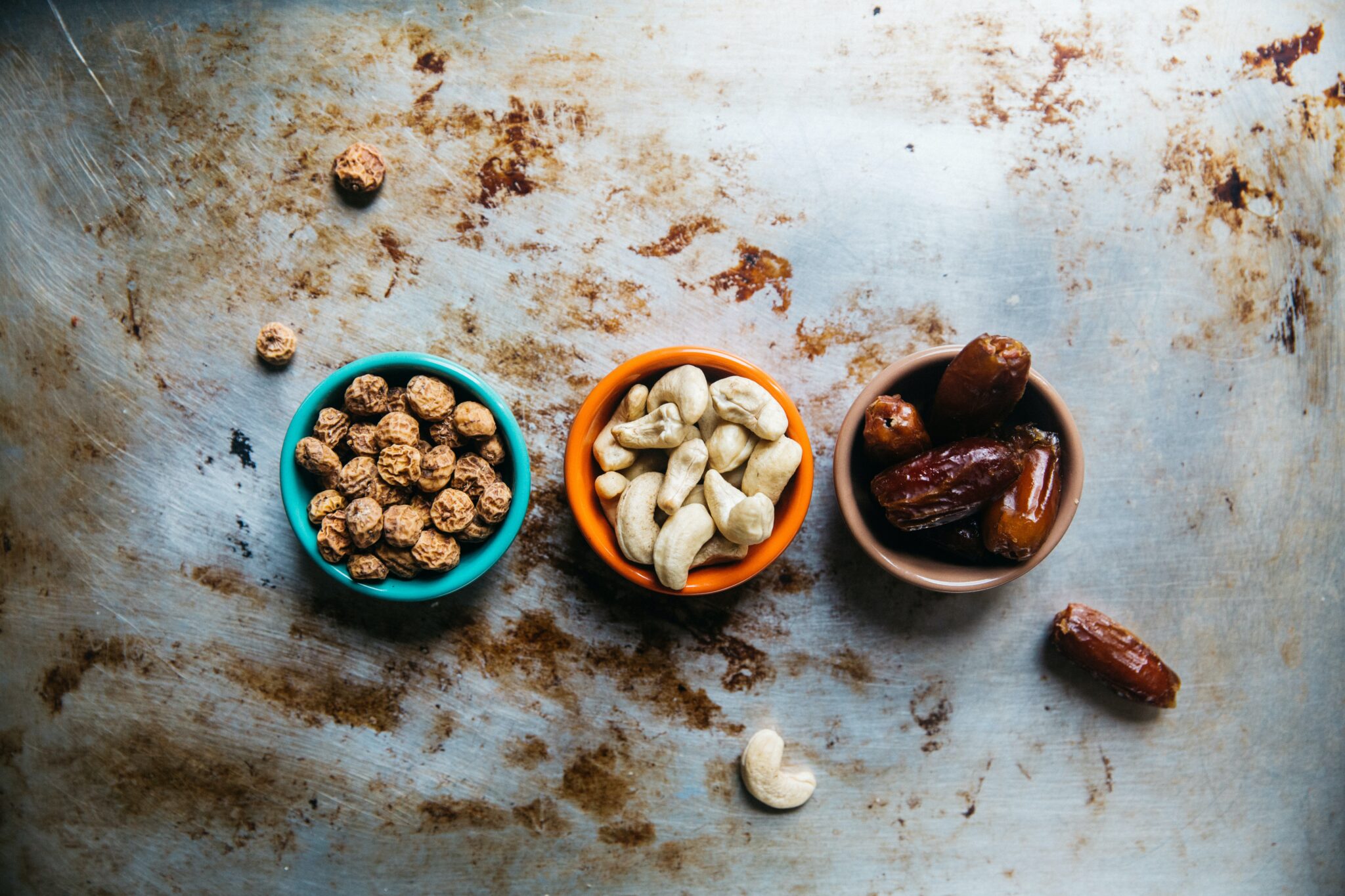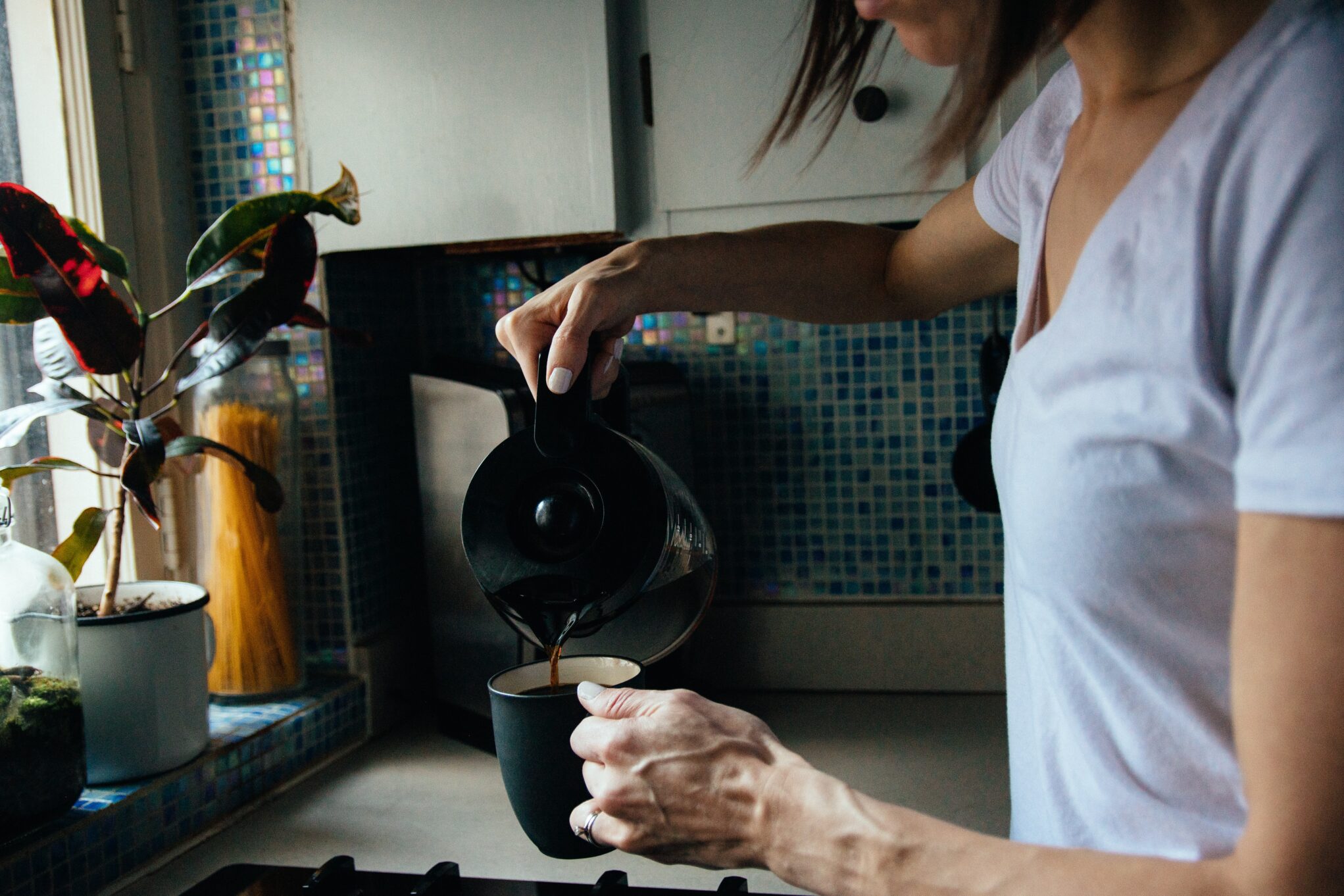How to Keep Your VO2 Max High as You Age


Why does VO2 max decline with age?
There are several reasons why VO2 max decreases as we get older. Some of the main ones are:
- Decreased muscle mass and strength. As we age, we tend to lose muscle mass and strength, especially in the fast-twitch fibers that are responsible for explosive movements. This reduces the amount of oxygen that our muscles can use and the power that they can generate.
- Decreased cardiac output and stroke volume. As we age, our heart becomes less efficient at pumping blood and delivering oxygen to our muscles. The amount of blood that our heart can eject with each beat (stroke volume) and the amount of blood that our heart can pump per minute (cardiac output) decrease with age. This limits the oxygen supply to our muscles and the removal of waste products.
- Decreased capillary density and blood flow. As we age, our blood vessels become less elastic and more prone to narrowing and clogging. This reduces the number of capillaries, which are the tiny blood vessels that deliver oxygen to our muscles, and the blood flow to our muscles. This impairs the oxygen exchange and the delivery of nutrients and hormones to our muscles.
- Decreased lung function and respiratory capacity. As we age, our lungs become less flexible and lose some of their alveoli, which are the tiny air sacs that allow oxygen to enter our bloodstream and carbon dioxide to exit. This reduces the amount of air that we can inhale and exhale (respiratory capacity) and the amount of oxygen that we can transfer to our blood (lung function). This lowers the oxygen availability to our muscles and the removal of carbon dioxide.
How much does VO2 max decline with age?
The rate and extent of VO2 max decline with age vary from person to person, depending on their initial level of fitness, their training history, their genetic factors, and their lifestyle choices. However, some general trends can be observed based on research studies.
According to a study by Joe Friel1, a well-known endurance coach and author, VO2 max declines by about 10% per decade after the age of 25, and by about 15% between the ages of 50 and 75. This means that a person who has a VO2 max of 65 ml/kg/min at the age of 25 will have a VO2 max of 58.5 ml/kg/min at the age of 35, 52.7 ml/kg/min at the age of 45, 44.8 ml/kg/min at the age of 55, and 38.1 ml/kg/min at the age of 65.
Another study by Peter Attia2, a physician and longevity expert, showed that VO2 max declines by about 50% from the age of 20 to the age of 80, and that the decline is more pronounced in men than in women. This means that a person who has a VO2 max of 60 ml/kg/min at the age of 20 will have a VO2 max of 45 ml/kg/min at the age of 40, 30 ml/kg/min at the age of 60, and 15 ml/kg/min at the age of 80.
A third study by UC Davis Sports Medicine3 reported that VO2 max declines by about 1% per year after the age of 35, and that men typically have a higher VO2 max than women. This means that a person who has a VO2 max of 50 ml/kg/min at the age of 35 will have a VO2 max of 48.5 ml/kg/min at the age of 37, 45 ml/kg/min at the age of 40, 40 ml/kg/min at the age of 45, and 35 ml/kg/min at the age of 50.
Why is VO2 max important for longevity?
VO2 max is not only important for athletic performance, but also for health and longevity. According to the American Heart Association4, a low VO2 max is associated with increased risk of cardiovascular disease and all-cause mortality. People who have lower cardiorespiratory fitness have also higher risk of developing certain cancers, including lung, breast, and gastrointestinal cancers.
A study by Mandsager et al.5 compared the mortality risk of different levels of VO2 max in a large population of patients who underwent treadmill testing. The study found that there was a clear inverse relationship between VO2 max and mortality, meaning that the higher the VO2 max, the lower the mortality. The study also found that the biggest gap in mortality was between the people in the bottom 25% of VO2 max and everyone else, and that having a low VO2 max was worse than having smoking, diabetes, hypertension, or coronary artery disease.
Another study by Wisloff et al. developed a fitness age calculator based on VO2 max and other factors, such as age, gender, waist circumference, resting heart rate, and physical activity level. The study found that fitness age, which is based on VO2 max, was a better predictor of longevity than chronological age, and that people who had a lower fitness age than their actual age had a lower risk of dying from any cause.
How to prevent or slow down VO2 max decline with age?
The good news is that VO2 max decline with age is not inevitable, and that it can be prevented or slowed down by regular exercise and other lifestyle interventions. Some of the ways to maintain or improve your VO2 max as you age are:
- Engage in aerobic exercise at least 3 times a week, for at least 30 minutes per session, at a moderate to vigorous intensity. Aerobic exercise, such as running, cycling, swimming, or rowing, improves your cardiovascular system and increases your oxygen uptake and utilization. You can also incorporate some high-intensity interval training (HIIT), which involves alternating short bursts of maximal effort with longer periods of recovery, to boost your VO2 max and challenge your anaerobic system.
- Engage in resistance training at least 2 times a week, for at least 20 minutes per session, targeting all major muscle groups. Resistance training, such as lifting weights, doing bodyweight exercises, or using elastic bands, improves your muscle mass and strength, which are important for maintaining your power output and metabolic rate. Resistance training also stimulates the growth of new capillaries and mitochondria, which enhance your oxygen delivery and consumption.
- Engage in flexibility and mobility training at least 2 times a week, for at least 10 minutes per session, focusing on your joints and muscles. Flexibility and mobility training, such as stretching, yoga, or pilates, improves your range of motion and reduces your risk of injury and stiffness. Flexibility and mobility training also improves your posture and breathing, which affect your lung function and respiratory capacity.
- Eat a balanced and nutritious diet that supports your energy needs and your health goals. A healthy diet, rich in fruits, vegetables, whole grains, lean proteins, healthy fats, and fluids, provides you with the essential nutrients and antioxidants that your body needs to function optimally and to prevent oxidative stress and inflammation. A healthy diet also helps you maintain a healthy weight and body composition, which affect your VO2 max and your risk of chronic diseases.
- Avoid or limit smoking, alcohol, and other substances that impair your cardiovascular and respiratory systems. Smoking, alcohol, and other drugs damage your blood vessels, your heart, and your lungs, reducing your oxygen delivery and exchange. They also increase your blood pressure, your heart rate, and your risk of arrhythmias, which affect your cardiac output and stroke volume. They also impair your cognitive function and your motivation, which affect your performance and your adherence to exercise.
- Manage your stress levels and get enough sleep and rest. Stress, whether physical or psychological, triggers the release of hormones such as cortisol and adrenaline, which increase your heart rate, your blood pressure, and your oxygen demand. Chronic stress can also lead to anxiety, depression, and burnout, which affect your mood, your energy, and your immune system. Sleep and rest are essential for your recovery, your repair, and your adaptation to exercise. They also regulate your hormones, your appetite, and your metabolism, which affect your weight and your body composition.
Conclusion
VO2 max is a measure of your cardiovascular fitness and endurance performance, and it is also a predictor of your health and longevity. VO2 max declines with age, but the rate and extent of decline vary from person to person, depending on various factors. You can prevent or slow down VO2 max decline with age by engaging in regular exercise and following a healthy lifestyle. By doing so, you can keep your fitness age lower than your chronological age, and enjoy a longer and better quality of life.






